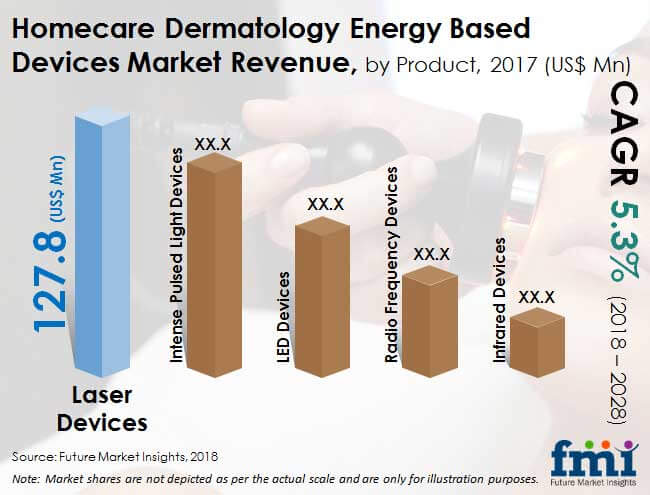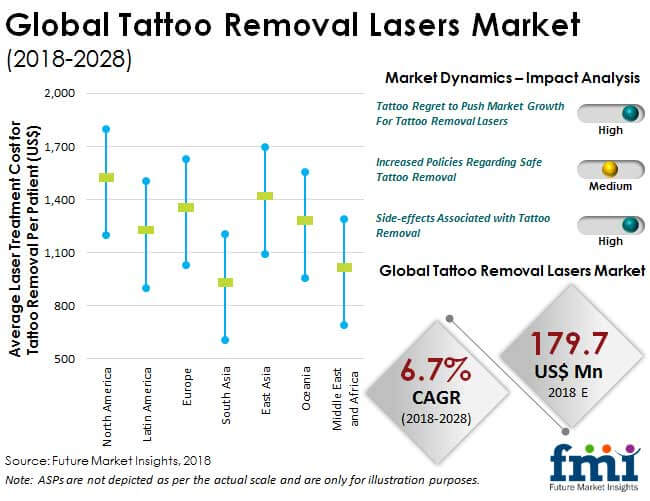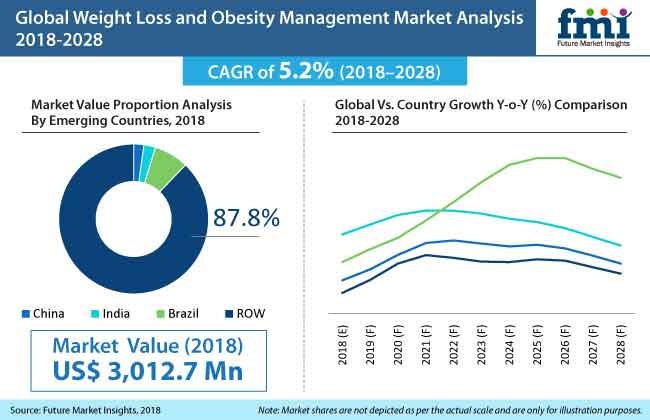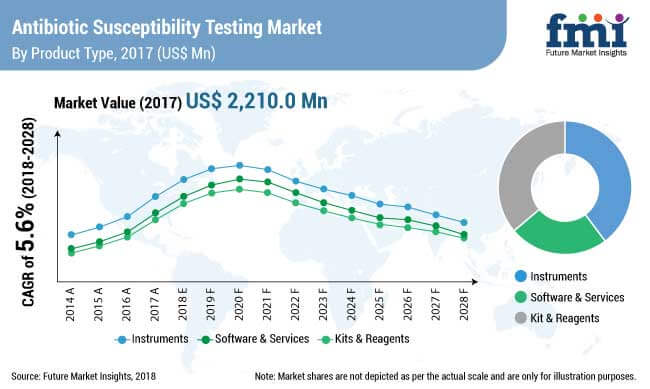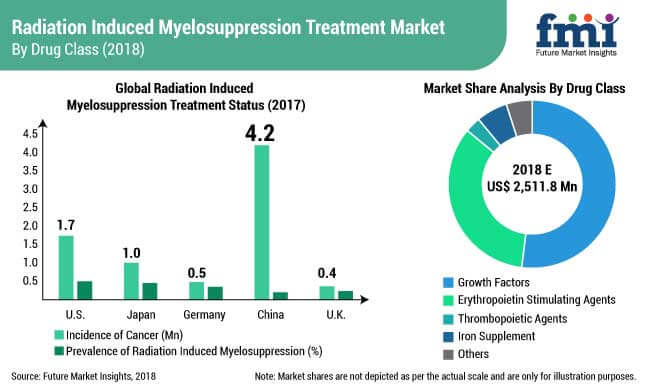Nephrology Stents and Catheters: Market Insights
Nephrology stents and catheters are one of the key products and treatment option in nephology for drainage of obstructed urine in patients. Blockage in of one or both the ureters leads to usage of nephrostomy stents and catheters. Nephrology stents and catheters are generally inserted under medication of local anesthetic, which helps in temporal diversion of urine form blockade. Insertion of nephrostomy stents and catheters requires well-trained and qualified personnel. These nephrostomy procedures can also be a primary treatment option where antibiotics become ineffective. The most common usage of nephrology stents and catheters are in the patients suffering from cancer of reproductive organs. Other indications for usage of nephrology stents and catheters include UTI infections, benign prostate hyperplasia, urinary incontinence and others.
Nephrology Stents and Catheters: Market Dynamics
Over the years, increase incidence of kidney stone has been the primary market growth driver for nephrology stents and catheters market. Additionally, increasing incidence of various cancers in ovary, bladders and prostate etc. have increased the demand for usage of nephrology stents and catheters. Many reports have also reported that there is an increase in post-operative infection in kidney transplant patients and this has resulted in high demand for nephrostomy devices such as nephrology stents and catheters. However, stenting and catheterization challenges in percutaneous nephrostomy over the years have hindered the growth of global nephrology stents and catheters market.
Request Sample Report @ https://www.futuremarketinsights.com/reports/sample/rep-gb-9133
Nephrology Stents and Catheters Market: Segmentation
Segmentation Based on Product Type
- Nephrology Catheters
- Balloon Catheters
- Malécot Catheters
- J Tip Catheters
- Pigtail Catheters
- Nephrology Stents
- Metal Stents
- Plastic Stents
Segmentation by End User Type:
- Hospitals
- Ambulatory Surgical Centers
- Specialty Clinics
Nephrology Stents and Catheters Market: Overview
The global market for nephrology stents and catheters is highly fragmented due to presence of local and global players. It is anticipated that major players will account for the largest share in the global nephrology stents and catheters market. Some of the new techniques and lunch of balloon dilation catheters having multilayer technology will help in driving the nephrology stents and catheters market. Amongst two category of nephrology products, catheters segment are anticipated to generate the maximum revenue in nephrology stents and catheters market.
Nephrology Stents and Catheters Market: Region-wise Outlook
Geographically, North America is anticipated to be leading region in terms of revenue in nephrology stents and catheters market followed by Europe. Increase incidence of ovarian, bladder and prostate cancer in both the regions are anticipated fuel the demand for usage of nephrology stents and catheters. In some of the growing economies of East Asia, South Asia and Latin America and South America, cancer awareness and their treatment will also drive nephrology stents and catheters market. However, lack of trained personnel in nephrology catheterization and stenting procedures in some regions of Africa and Middle East may adversely affect the market growth in the forecast period.
Request to View TOC @ https://www.futuremarketinsights.com/toc/rep-gb-9133
Nephrology Stents and Catheters Market: Key Players
The comprehensive market research report provides analysis of key manufacturers having significance presence in the market and their strategies which they follow to sustain the competitive environment of the nephrology stents and catheters market. The report also offers information about various research and developmental activities of these players that focus on to come up with innovative solutions. Some of the key and major players operating in global nephrology stents and catheters market include, Angiodynamics, Inc., Rocamed, Ameco Medical Industries, Boston Scientific Corporation, UROMED, Teleflex Incorporated, Cardinal Health Inc., C. R. Bard, Inc. Envaste Limited, Merit Medical Systems and Medi-globe Corporation . In addition presence of small and local manufacturers across the countries will account for competiveness in nephrology stents and catheters market.






